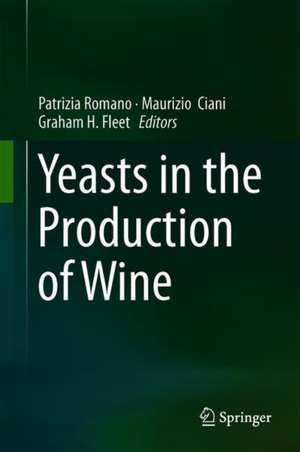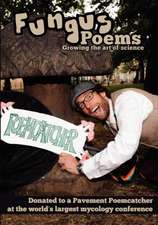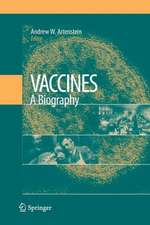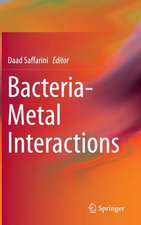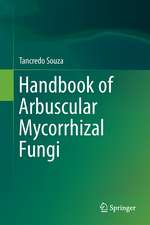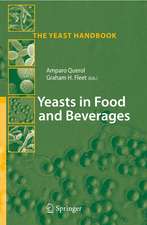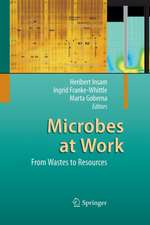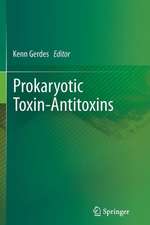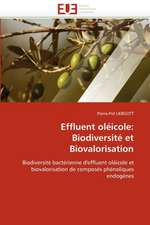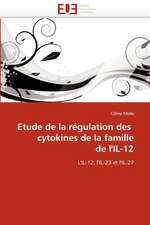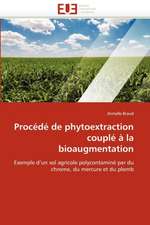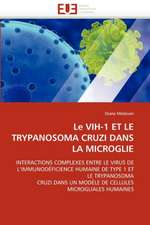Yeasts in the Production of Wine
Editat de Patrizia Romano, Maurizio Ciani, Graham H. Fleeten Limba Engleză Hardback – 17 sep 2019
Preț: 1561.06 lei
Preț vechi: 1903.72 lei
-18% Nou
Puncte Express: 2342
Preț estimativ în valută:
298.80€ • 324.68$ • 251.16£
298.80€ • 324.68$ • 251.16£
Carte tipărită la comandă
Livrare economică 21 aprilie-05 mai
Preluare comenzi: 021 569.72.76
Specificații
ISBN-13: 9781493997800
ISBN-10: 1493997807
Pagini: 558
Ilustrații: XVII, 515 p. 83 illus., 68 illus. in color.
Dimensiuni: 155 x 235 mm
Greutate: 0.92 kg
Ediția:1st ed. 2019
Editura: Springer
Colecția Springer
Locul publicării:New York, NY, United States
ISBN-10: 1493997807
Pagini: 558
Ilustrații: XVII, 515 p. 83 illus., 68 illus. in color.
Dimensiuni: 155 x 235 mm
Greutate: 0.92 kg
Ediția:1st ed. 2019
Editura: Springer
Colecția Springer
Locul publicării:New York, NY, United States
Cuprins
Yeast species evolution and fermentation kinetics in spontaneous and inoculated fermentations.- Fermentation efficiency and yeast stress response to physical-chemical conditions.- Saccharomyces wine yeasts and its role on wine aroma.- Killer factor in wine yeasts and its application in winemaking.- Yeast fermentation compounds related to healthy wine quality.- Yeast enzymatic activities in wine-making.- Genetic polymorphism in Saccharomyces cerevisiae.- Traceability of wine yeasts by molecular methods.- Advantages of genetic improved wine yeasts.- Spoilage yeasts in wine fermentation.- Wine yeast starter cultures.- Index.
Notă biografică
Patrizia Romano
Universita della Basilicata Defesa e Biotecnologie Agro-Forestali
Dipartimento di Biologia
Potenza
Italy
Maurizio Ciani
Università Politecnica delle Marche
Dept. of Life and Environmental Sci.
Ancona
Italy
Graham H. Fleet
University of New South Wales School of Chemical Sciences
Food Science & Technology
Sydney
New South Wales
Australia
Textul de pe ultima copertă
It is well established that certain strains of yeasts are suitable for transforming grape sugars into alcohol, while other yeast strains are not suitable for grape fermentations. Recent progress has clearly demonstrated that the sensory profile of a wine is characteristic of each vine cultivated, and the quality and technological characteristics of the final product varies considerably due to the strains which have performed and/or dominated the fermentation process. Because of their technological properties, wine yeast strains differ significantly in their fermentation performance and in their contribution to the final bouquet and quality of wine, such as useful enzymatic activities and production of secondary compounds related both to wine organoleptic quality and human health. The wine industry is greatly interested in wine yeast strains with a range of specialized properties, but as the expression of these properties differs with the type and style of wine to be made, the actual trend is in the use of selected strains, which are more appropriate to optimize grape quality. Additionally, wine quality can be influenced by the potential growth and activity of undesirable yeast species, considered spoilage yeasts, which cause sluggish and stuck fermentation and detrimental taste and aroma in the wine.
Caracteristici
Deals with yeast evolution and fermentation efficiency, yeast stress response to physical-chemical conditions Details yeast's role on organoleptic and healthy wine quality Discusses the most recent information on yeast genetics and molecular methods for their traceability and the advantages of genetic improved wine yeasts
